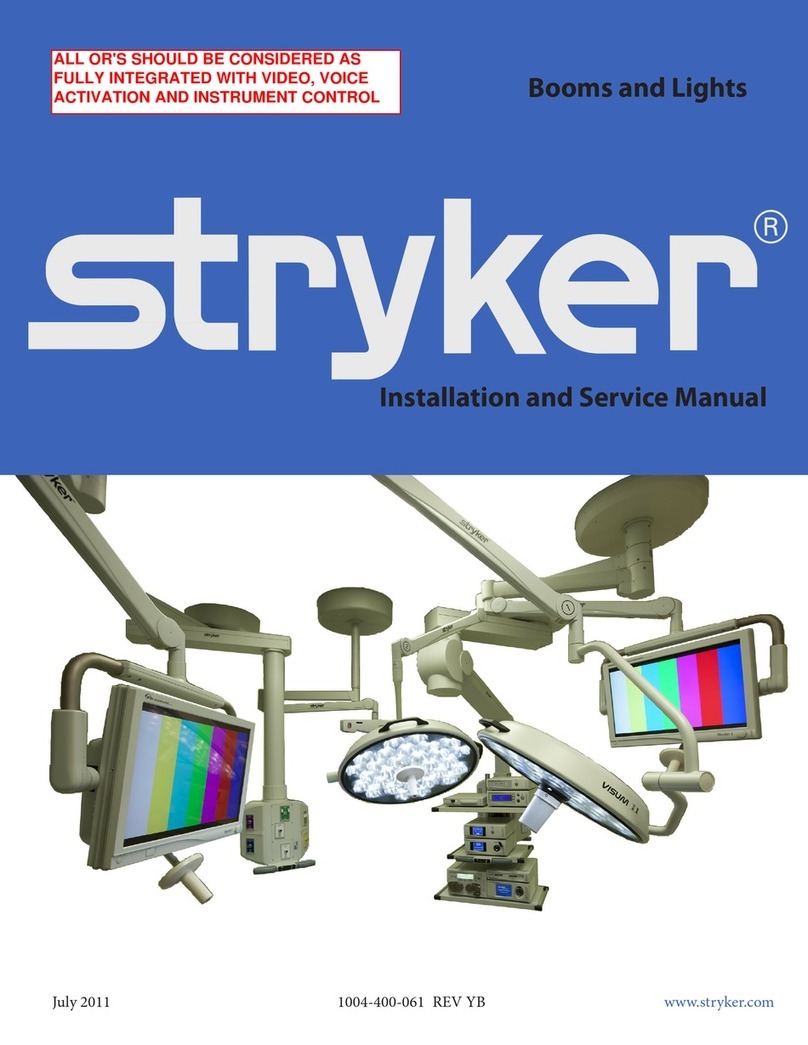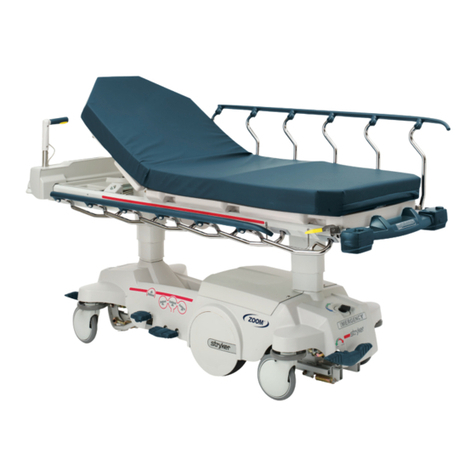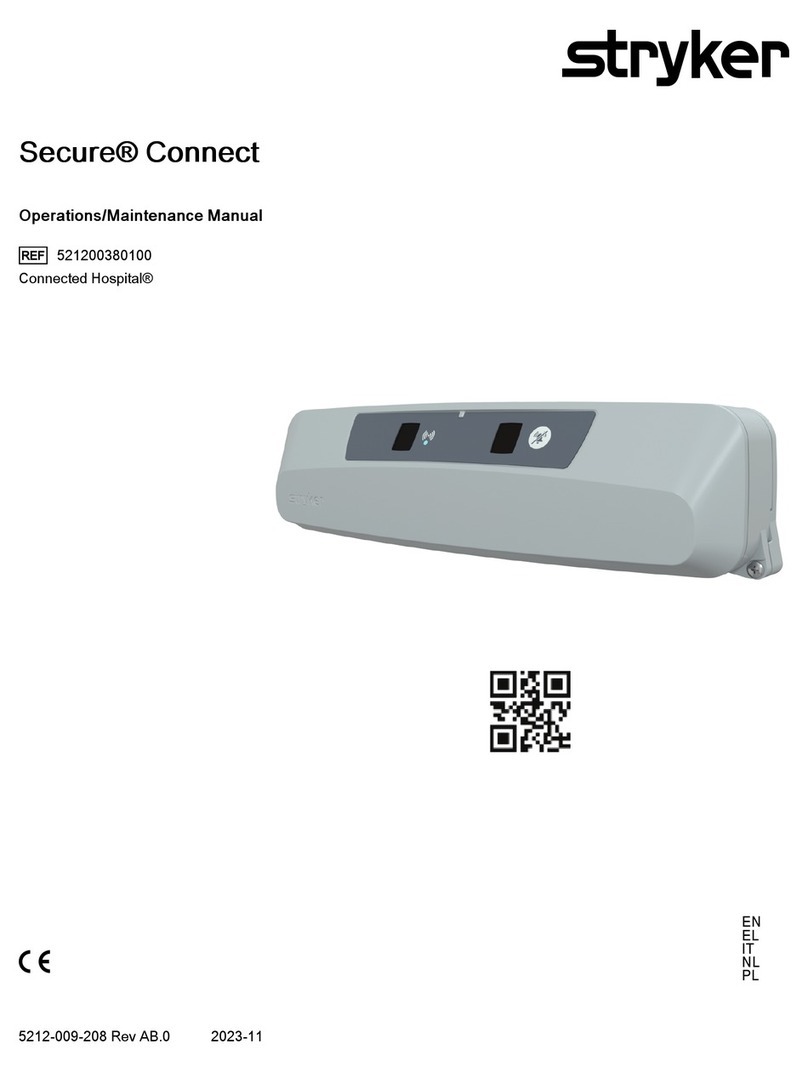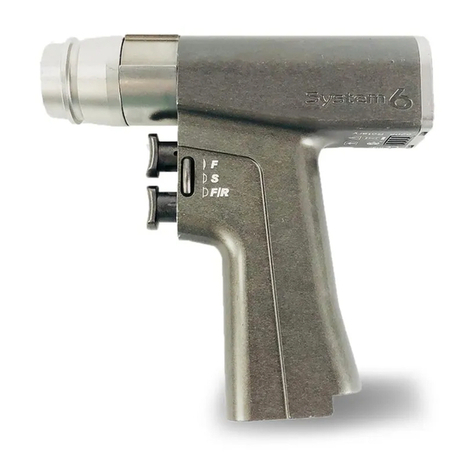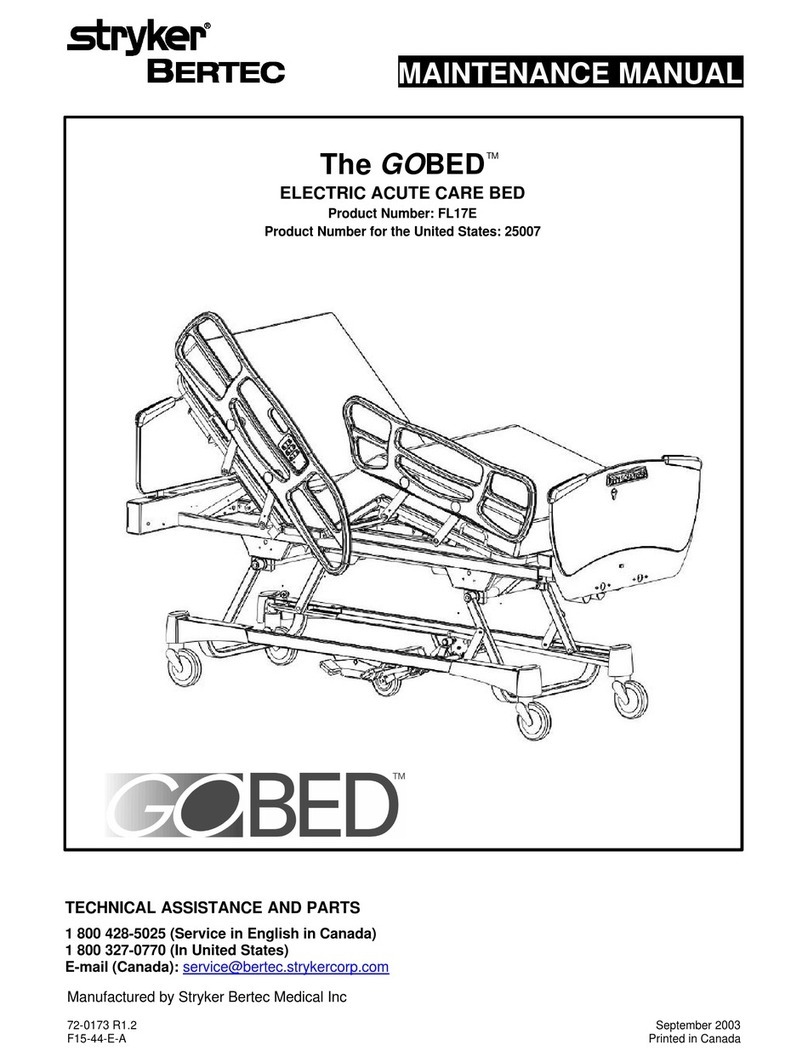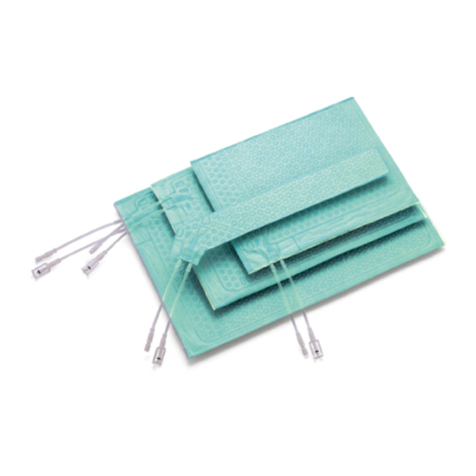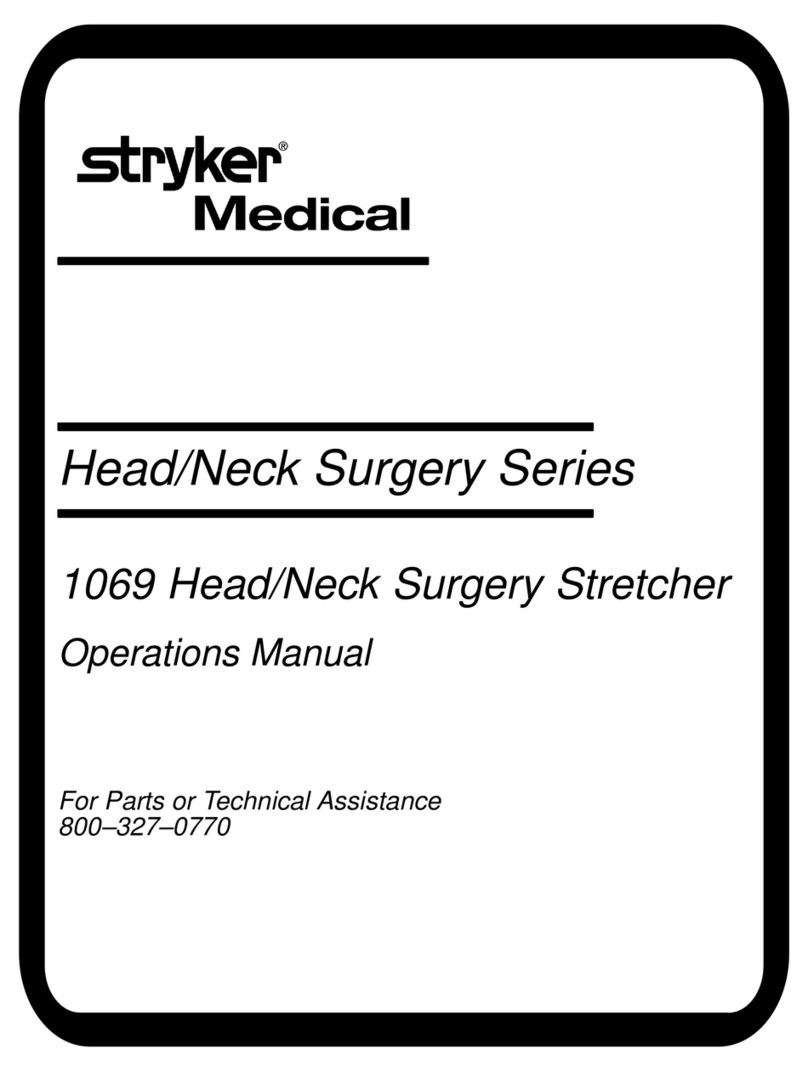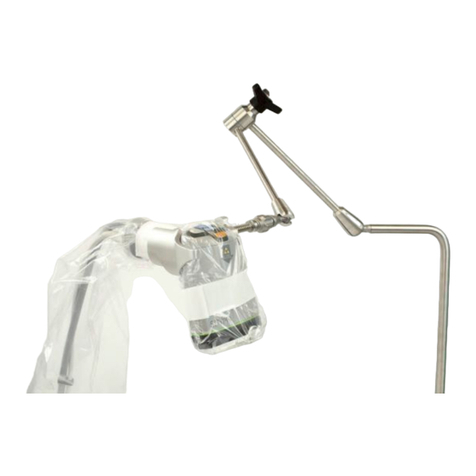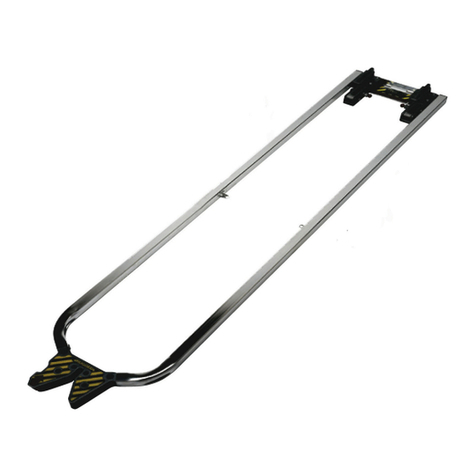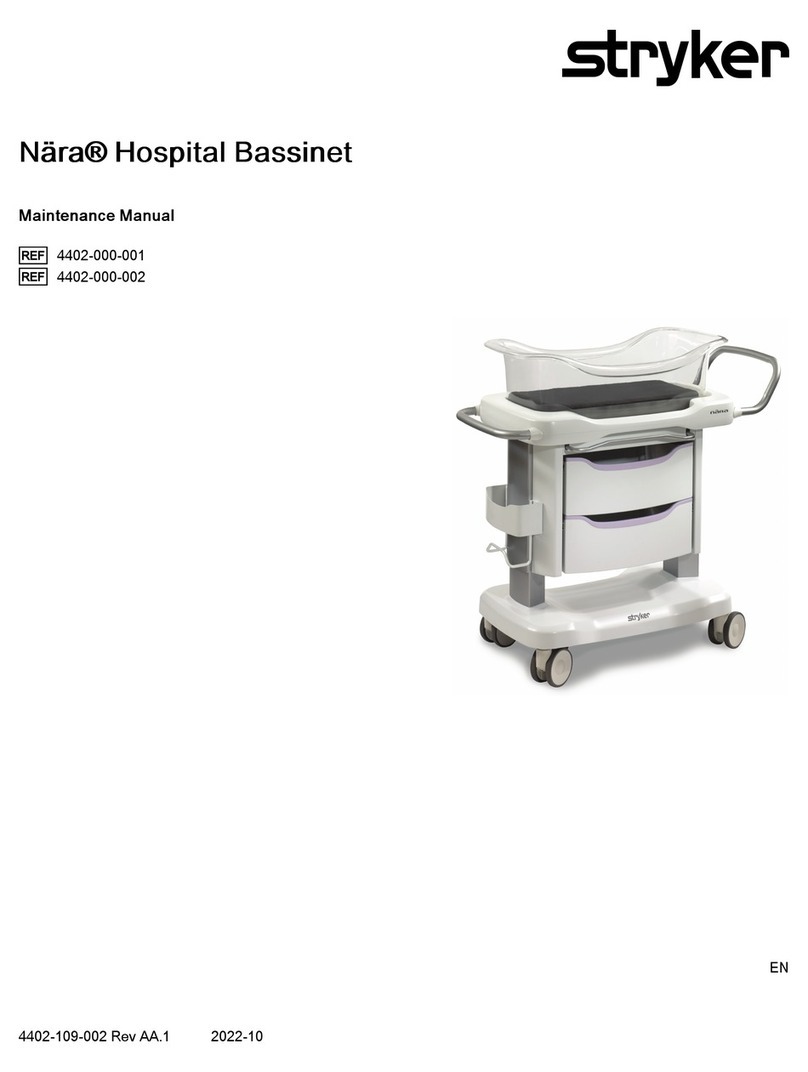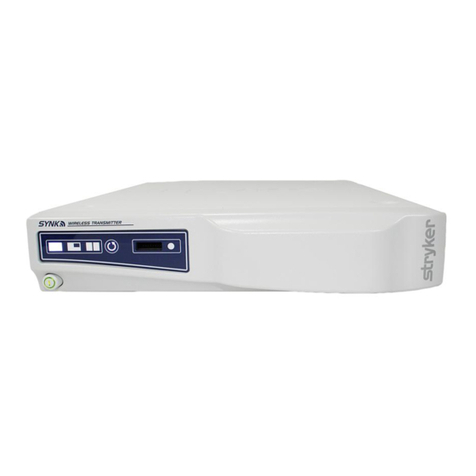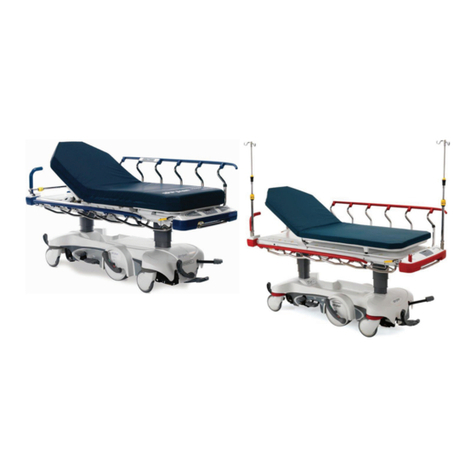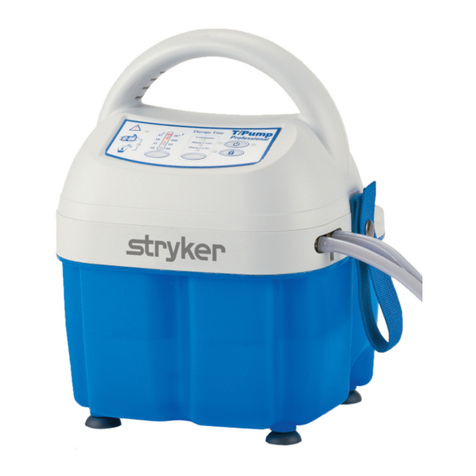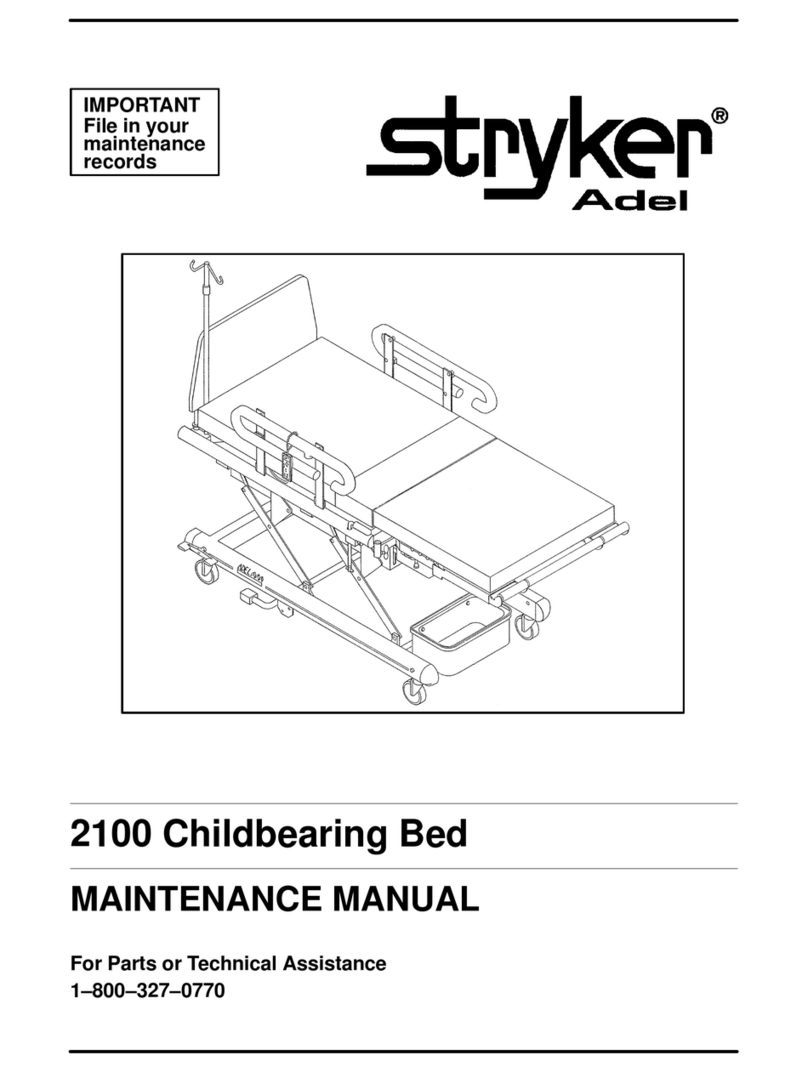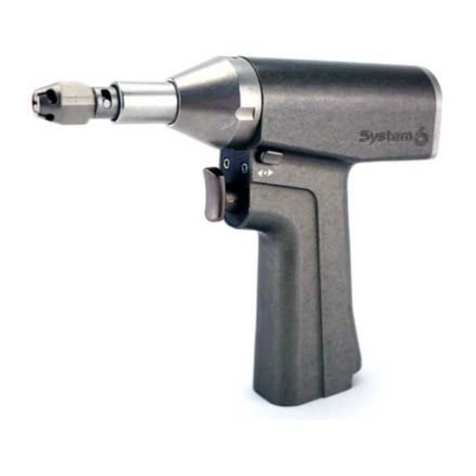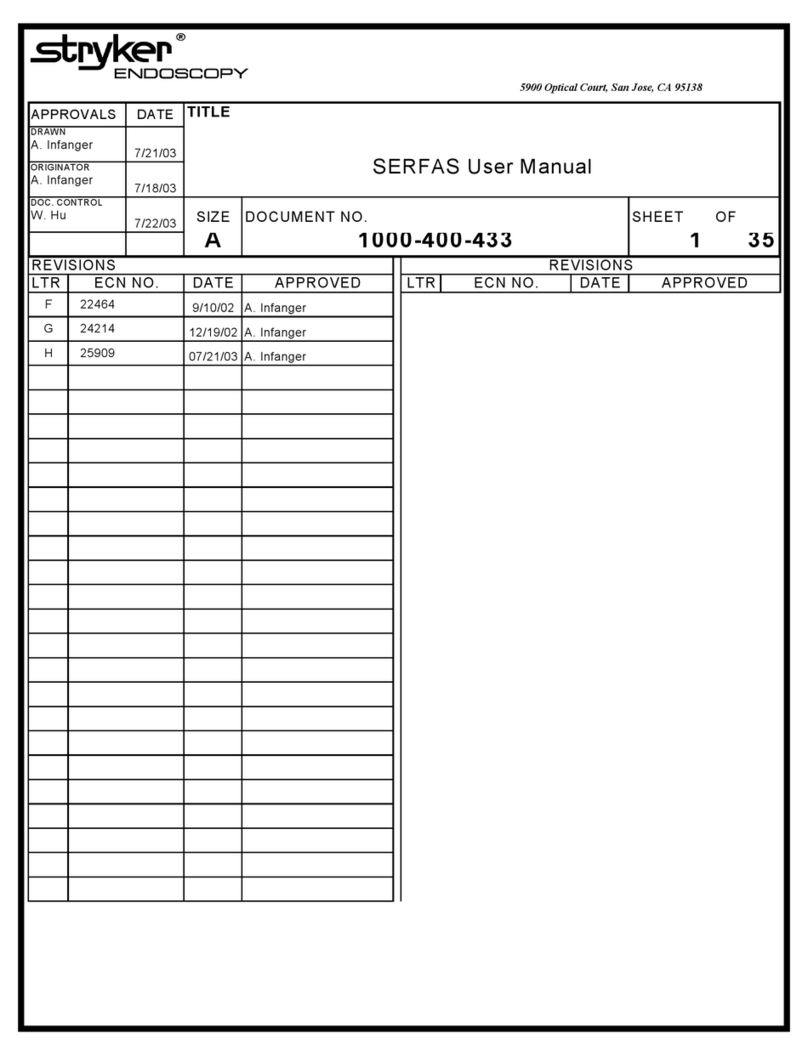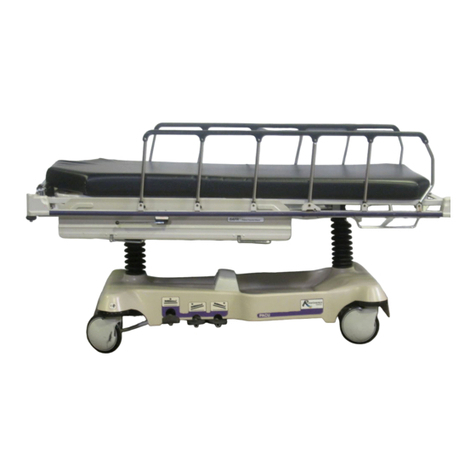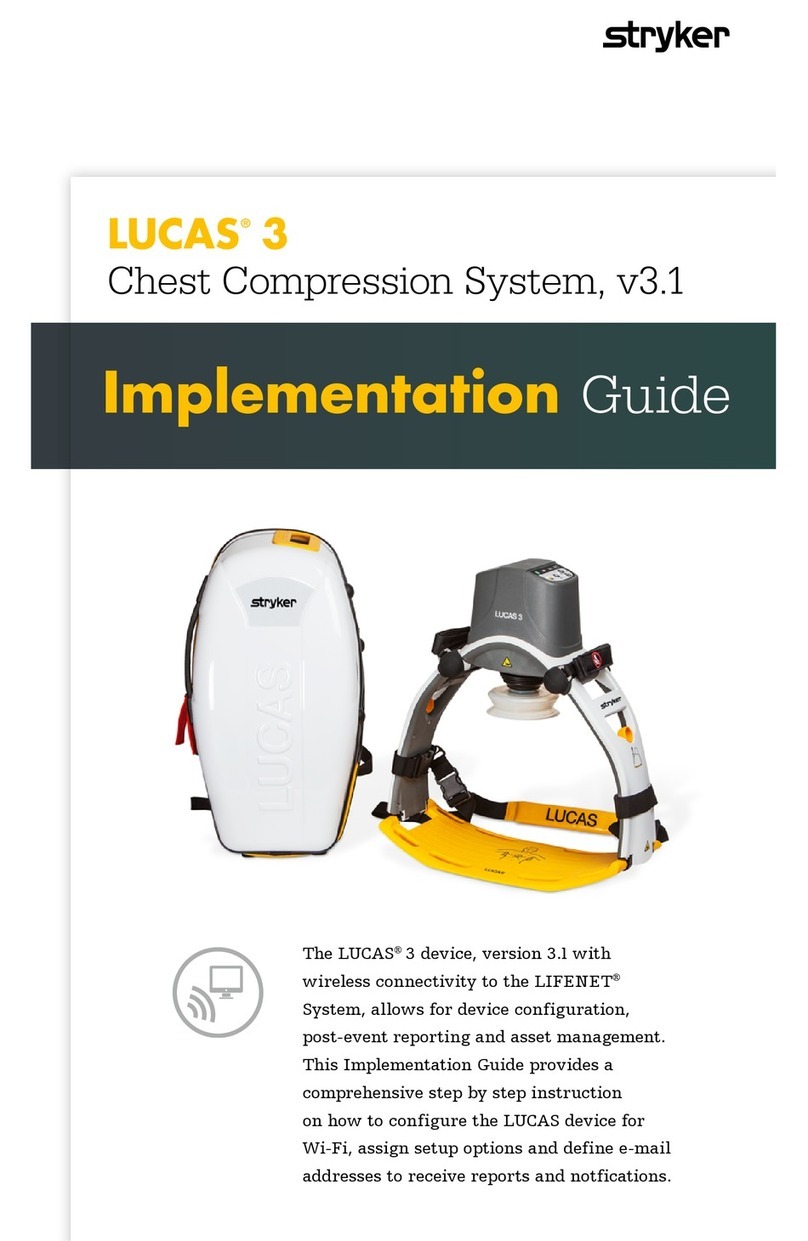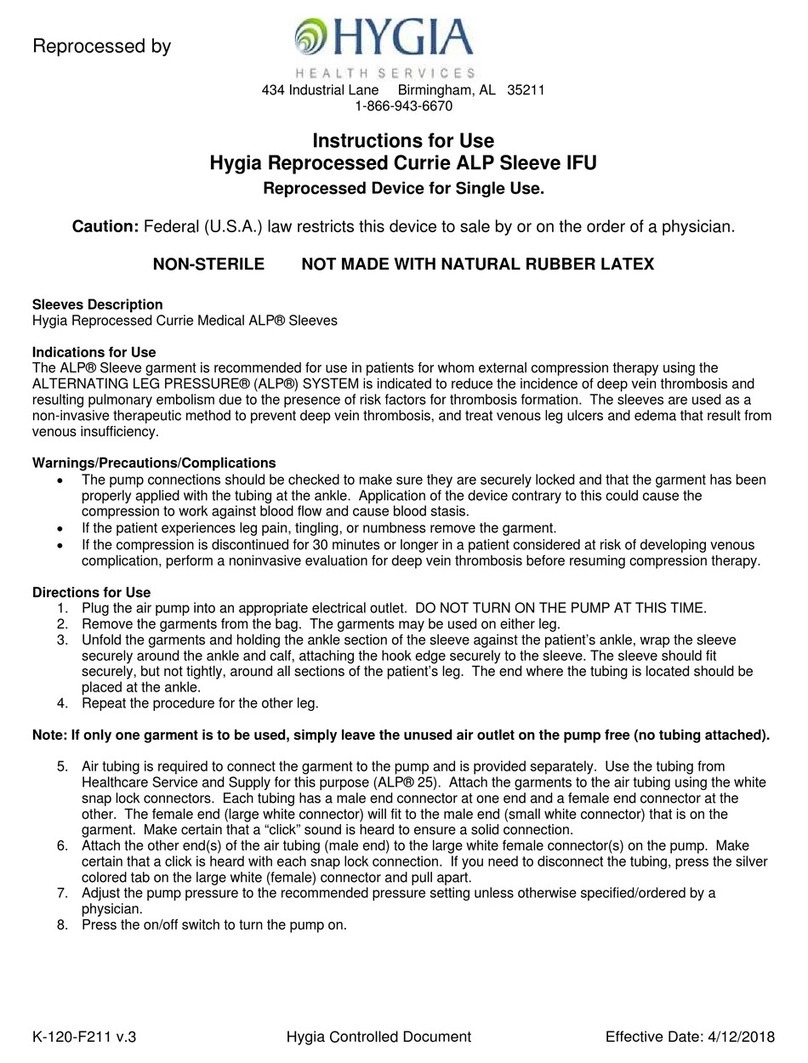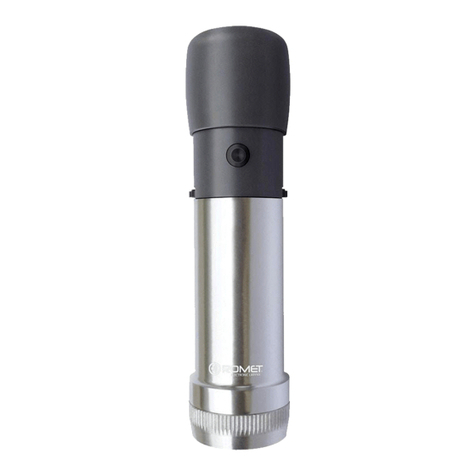
TTaabbllee ooff CCoonntteennttss
Warning/Caution/Note Definition ..............................................................................................................................2
Summary of safety precautions ................................................................................................................................2
Introduction ...............................................................................................................................................................4
Product description .................................................................................................................................................4
Indications for use...................................................................................................................................................4
Clinical benefits ......................................................................................................................................................4
Contraindications....................................................................................................................................................5
Expected service life ...............................................................................................................................................5
Disposal/recycle .....................................................................................................................................................5
Specifications .........................................................................................................................................................5
Product illustration ..................................................................................................................................................6
Contact information.................................................................................................................................................7
Serial number location.............................................................................................................................................7
Date of manufacture................................................................................................................................................7
Setup.........................................................................................................................................................................8
Installation.................................................................................................................................................................9
Installing the cot fastener.........................................................................................................................................9
Selecting the vehicle safety hook .............................................................................................................................9
Vehicle configuration.............................................................................................................................................10
Positioning of the vehicle safety hook, front to back .................................................................................................11
Positioning of the vehicle safety hook, side to side...................................................................................................12
Installing the vehicle safety hook ............................................................................................................................13
Cot positions ...........................................................................................................................................................15
Operation ................................................................................................................................................................17
Operating guidelines .............................................................................................................................................17
Transferring the patient to the cot ...........................................................................................................................17
Raising or lowering the cot.....................................................................................................................................17
Applying or releasing a wheel lock..........................................................................................................................17
Rolling the cot with a patient ..................................................................................................................................18
Securing the patient with restraint straps.................................................................................................................18
Adding a restraint strap extension ..........................................................................................................................20
Securing the patient with the Pedi-Mate® infant restraint system ..............................................................................20
Loading a cot into a vehicle with an antler style cot fastener .....................................................................................21
Unloading a cot from a vehicle with an antler style cot fastener .................................................................................22
Positioning operators and helpers ..........................................................................................................................23
Raising or lowering the cot with two operators .........................................................................................................24
Raising or lowering the cot with one operator ..........................................................................................................25
Raising or lowering the footrest ..............................................................................................................................25
Raising or lowering the backrest.............................................................................................................................25
Raising or lowering the siderails .............................................................................................................................25
Raising or lowering the breakaway head section .....................................................................................................26
Attaching the defibrillator platform ..........................................................................................................................26
Positioning the two-stage IV pole option..................................................................................................................28
Positioning the three-stage IV pole option ...............................................................................................................29
Accessories and parts ............................................................................................................................................31
Cleaning and disinfecting with SideKick® ..............................................................................................................32
Cleaning..................................................................................................................................................................33
Suggested cleaners ..............................................................................................................................................33
Removal of iodine compounds ...............................................................................................................................33
Preventive maintenance .........................................................................................................................................34
Base lubrication ....................................................................................................................................................34
6082-209-001 Rev AA.3 1 EN

